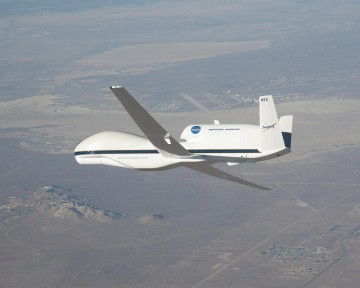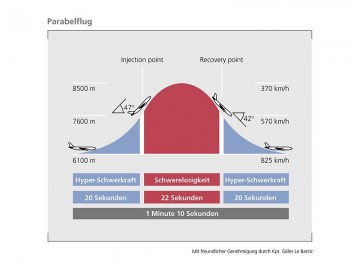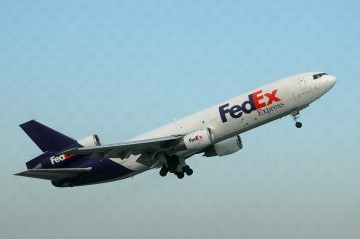- ESA – TTP2 – Satellite navigation steers unmanned micro-planes – images
- Planning of a flight at Leimen near Heidelberg
- Agricultural land areas and canyons near Baza in Andalusia


Vulkanausbruch: Aschewolke bremst Europa aus – Reise | STERN.DE
Wohl noch nie hat eine Naturgewalt Mensch und Maschinen so in die Schranken gewiesen: Die Aschewolke des isländischen Vulkans macht das Fliegen über fast ganz Europa weiter unmöglich. Hoffnung auf Besserung ist nach isländischen Angaben nicht in Sicht. An diesem Sonntag kommen deshalb viele Staatsgäste nicht zur Trauerfeier für Polens Präsident Lech Kaczynski, auch US-Präsident Barack Obama hat seine Teilnahme abgesagt. Bundeskanzlerin Angela Merkel schlug sich noch per Auto und Bus quer durch Europa. Millionen Menschen können in den kommenden Tagen Geschäfts- und Urlaubsreisen abschreiben. Angehörige der vier in Afghanistan getöteten Soldaten müssen weiter darauf warten, dass die Särge nach Deutschland kommen. Der deutsche Luftraum sollte nach Angaben der Flugsicherung bis mindestens 8.00 Uhr am Sonntagmorgen gesperrt bleiben. In weiten Teilen Frankreichs oder auch in Norditalien wurden Airports bereits bis Montag geschlossen.
Quelle: Vulkanausbruch: Aschewolke bremst Europa aus – Reise | STERN.DE
